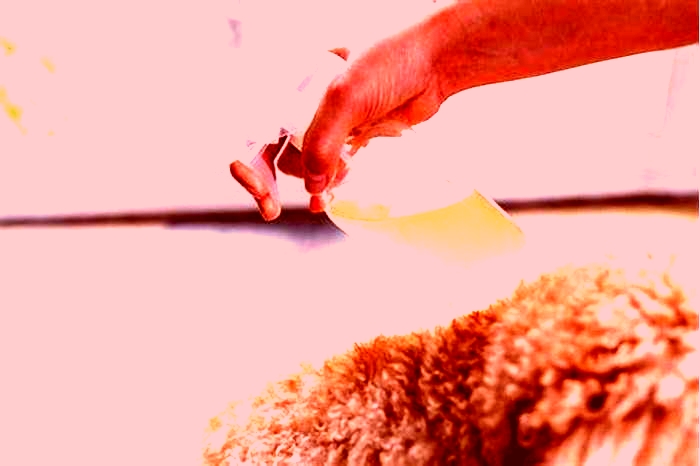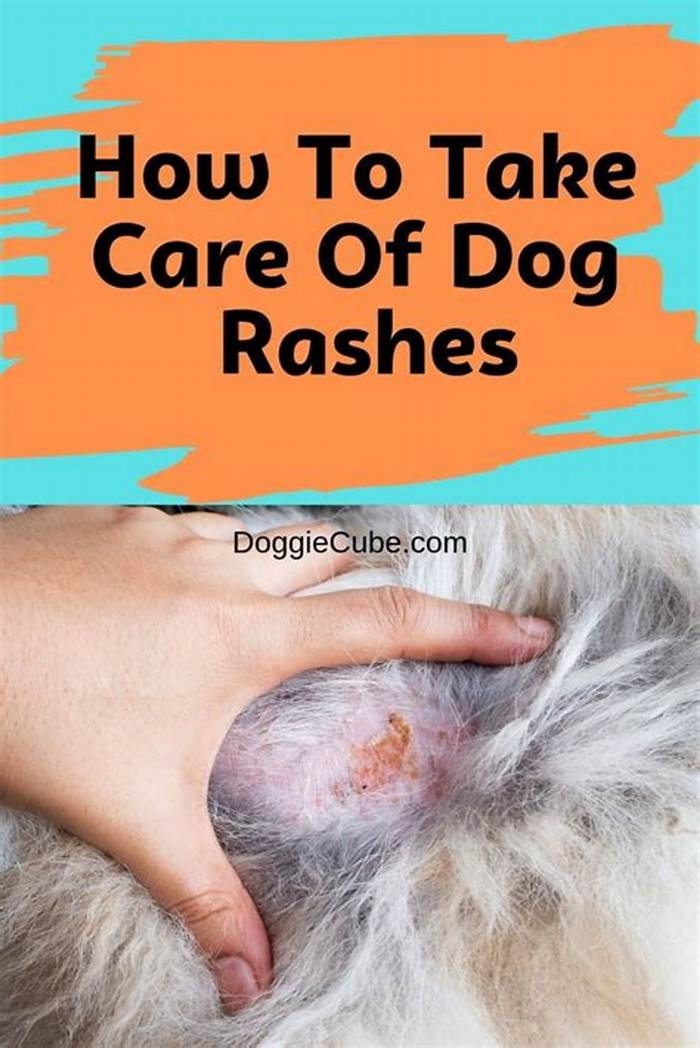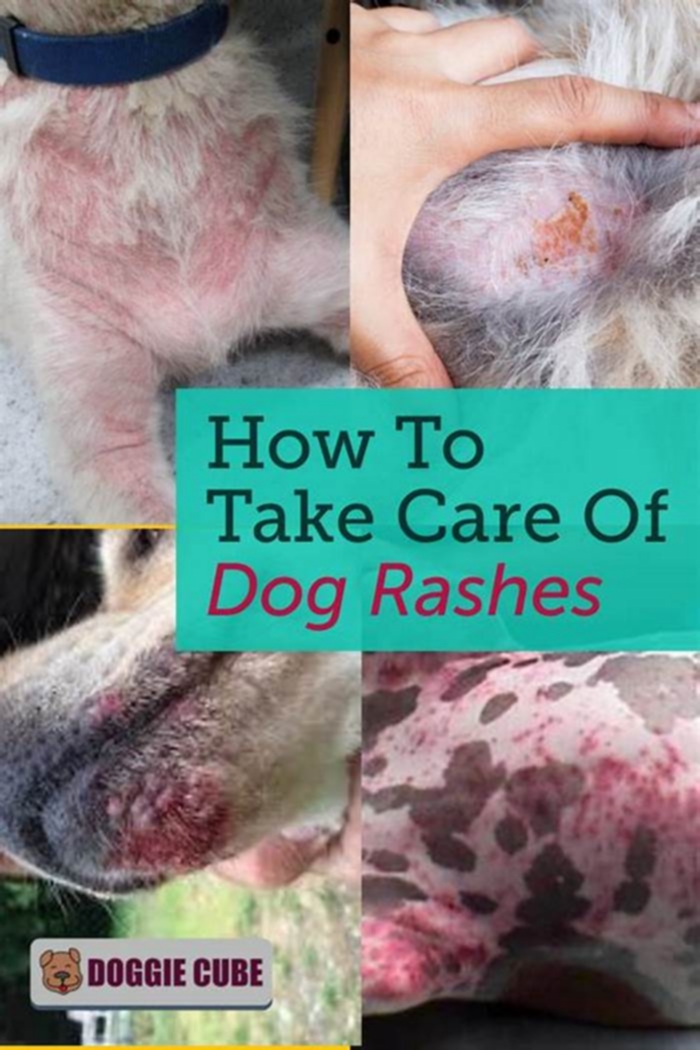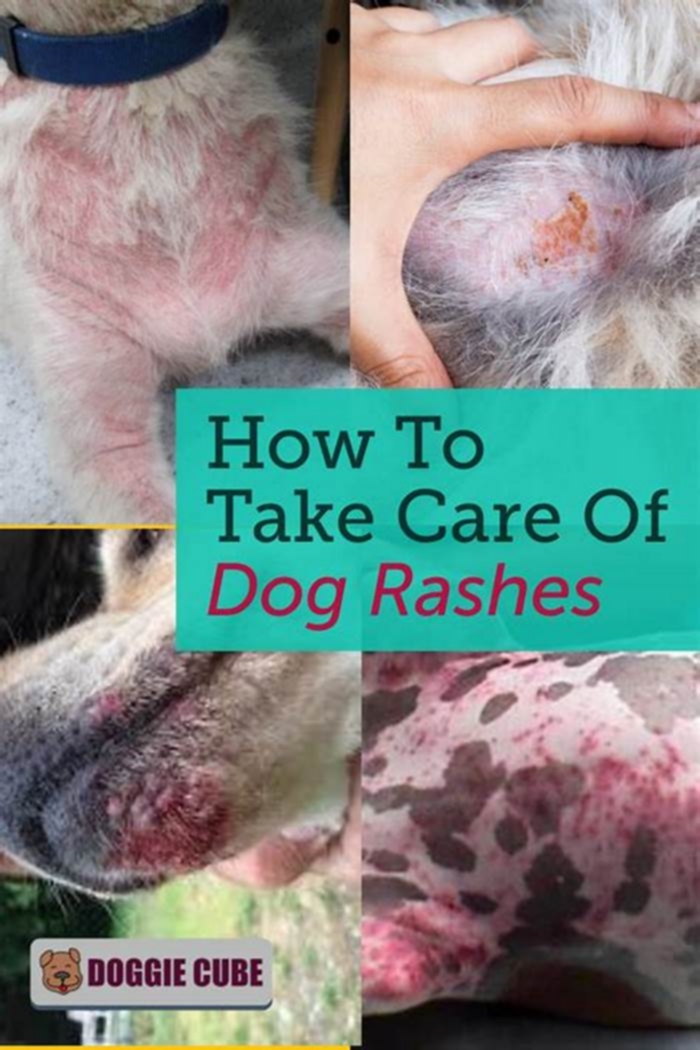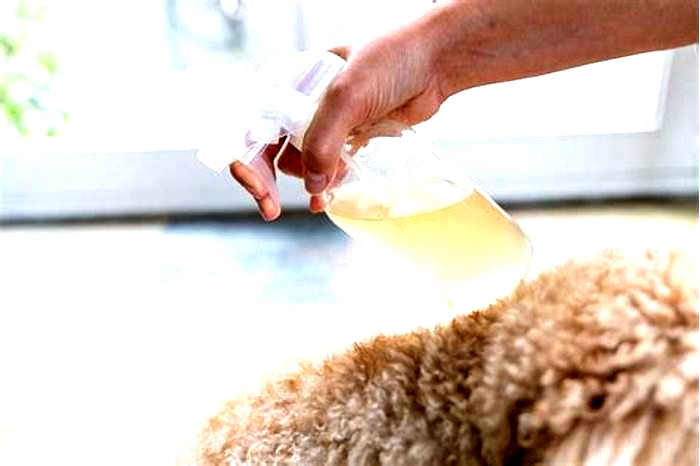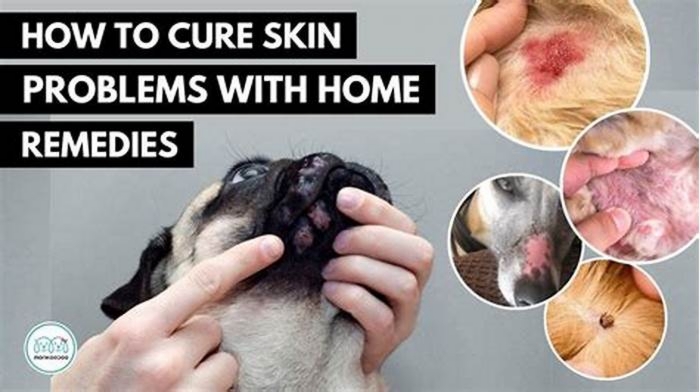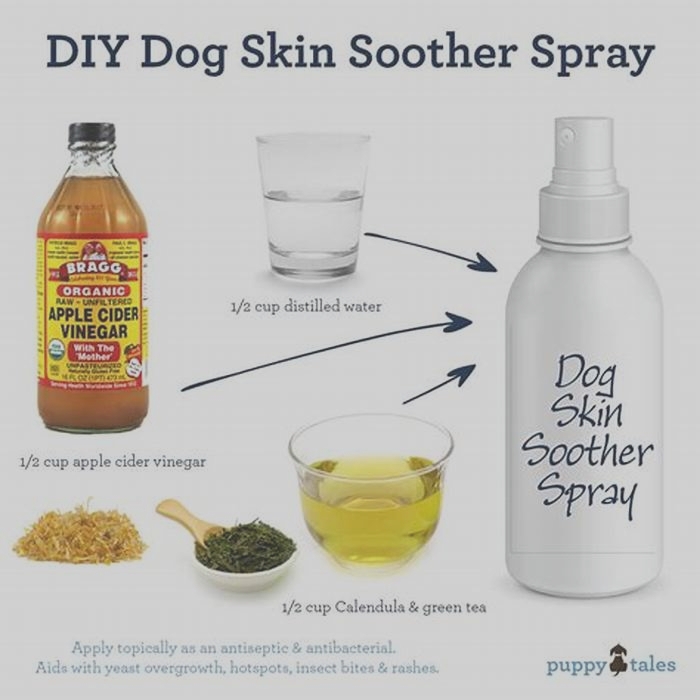How do you treat a dog s belly rash
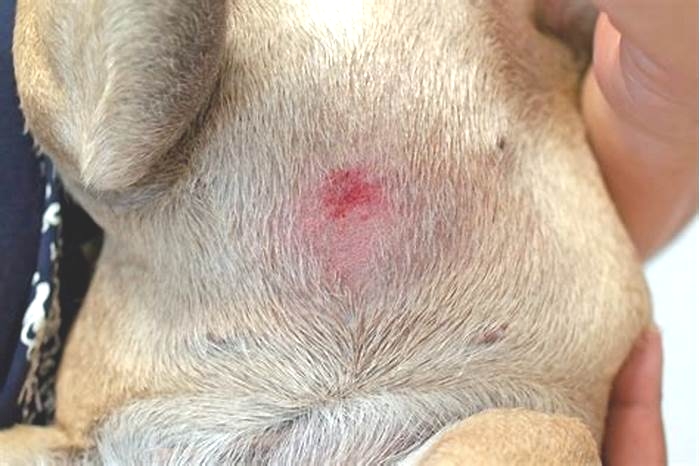
Rashes on Your Dogs Belly
Rashes on a dogs belly may look alarming and uncomfortable, but they are quite common. These dog belly rash bumps and redness you see can have a variety of causes, from a simple bacterial skin infection to a more serious underlying condition, such as Cushings disease.
If left untreated, your dogs belly rash could develop into an unpleasant skin infection that will require veterinary care and cause your dog discomfort.
Here is what you need to know about your dogs belly rash, including the causes, symptoms, and treatment options available.
What Causes Dog Belly Rashes?
Your dogs skin protects his body from the outside world, acting as a barrier between his internal organs and harmful organisms. We might think of skin as being tough and resistant, but it is actually very sensitive to changes in both your dogs body and the environment.
One of the ways the skin shows this sensitivity is through rashes.
There are several causes of rashes in dogs:
- Skin infections
- Inflammatory conditions
- Allergies (which many times are genetic)
- Parasites
- Genetic
- Hormonal imbalances and endocrine conditions
- Environmental causes (such as poison ivy or other plants)
Infections
Sometimes cuts can open the skin barrier to infections. Many of the causes of rashes in dogs are the result of bacterial, fungal, or yeast infections.
Bacterial skin infections are called pyoderma, which translates from Greek to pus and skin. Pyoderma typically causes lesions that look like pimples and can also cause crusty, dry, flaky skin. Hair loss and itchiness can also occur.
Your dog can get pyoderma as a result of trauma to the skin, like an abrasion or cut, excessive moisture, or as a secondary condition. Puppies are prone to puppy pyoderma in areas without a lot of hair, such as their underarms and groin. Hereditary factors can also play a role in skin infections for both puppies and adult dogs.
Fungal infections, such as yeast infections and ringworm, are also common. Yeast dermatitis is a skin condition caused by yeast infections. It is also known as Malassezia dermatitis and is caused by the fungus Malassezia pachydermatis. Symptoms of this condition include thickened skin; changes in skin pigmentation; a musty smell; itching; redness; scaling, crusty, flaky skin; and chronic ear infections.
Ringworm is characterized by circular lesions, which can appear red and scabbed. Hair loss is common, and while these rashes are usually not itchy, they can become inflamed, and the condition can be passed to people and other pets.
Allergies
Allergies can also cause rashes on your dogs belly. Environmental allergies, like contact dermatitis or reactions to something on the ground like fertilizer, cleaning products, poison ivy, or other irritants, flea allergy dermatitis, and food allergies, food sensitivities, and food intolerance can lead to itchy bumps and rashes. When your dog itches and scratches, he opens his skin up to infections, which can lead to a rash or complicate an existing rash.
Allergies can have a wide array of symptoms, from digestive upset to skin conditions such as itchiness, hair loss, redness, irritation, and chronic skin infections. Talk to your veterinarian if you suspect that your dog might have an allergy.
Pests and Parasites
Pests and parasites could also be the cause of your dogs rash. Fleas, mites, and ticks can cause irritation, exposing your dog to bacteria, yeast, and fungal infections. Demodex mites, walking dandruff, flea allergy dermatitis, and sarcoptic mange (caused by the Sarcoptes scabiei mite) can all cause rashes on your dogs skin, including her belly and groin area.
Genetic
Some dogs are more prone to rashes than others. Breeds that are predisposed to skin problems, such as Cocker Spaniels, German Shepherd Dogs, Labrador Retrievers, Bulldogs, Doberman Pinschers, and Standard Poodles, may be at an increased risk of developing rashes on their bellies and elsewhere.
Golden Retrievers, for instance, can get a rare condition called congenital ichthyosis, which causes scaling of the skin on the abdomen. Arctic breeds, for example the Samoyed, can develop zinc-responsive dermatosis, and Cocker Spaniels are prone to primary seborrhea (dandruff).
Hormonal Imbalances and Conditions (Endocrine Disorders)
Most concerning, however, is the possibility that your dogs belly rash could be a sign of an underlying condition, such as hypothyroidism or Cushings disease. These diseases cause hormonal imbalances in your dogs body, and some of the first obvious symptoms are often skin conditions, such as thinning or loss of coat and changes to the quality of the skin.
You can help your veterinarian catch these diseases early by observing your dog for any changes in coat quality, drinking and urination habits, as well as rashes, hair loss, and dry skin.
Symptoms of Belly Rash
Rashes on your dogs belly can present in a few ways. Perhaps the most common is pyoderma, which is characterized by pimple-like lesions; dry, scaly, crusty skin; hair loss; and itchiness.
Your dogs skin may also appear red and inflamed, weepy, or scabbed. Yeast infections can result in a yeasty smell, and fungal infections like ringworm often have a distinct, circular pattern to the lesions.
Find out more about the causes of dry skin on dogs
Diagnosing Your Dogs Belly Rash
The best way to determine the cause of your dogs belly rash is to make an appointment with your veterinarian, who will perform some diagnostic tests based on your dogs age, breed, overall health, and symptoms.
Veterinarians use skin samples, blood tests to detect underlying conditions, fungal cultures, antibiotic sensitivity tests, and in some cases, allergy testing to accurately diagnose skin conditions in dogs. Your veterinarian may refer you to a dermatologist for further testing and treatment.
Treating Belly Rashes
Once your veterinarian has diagnosed the cause of your dogs belly rash, she will discuss your treatment options.
Bacterial skin infections are typically treated with a course of antibiotics. Your veterinarian may want to perform an additional test to determine the best type of antibiotic to treat your dogs rash and avoid building up antibiotic resistance, and could prescribe you with medicated shampoos or scrubs to help manage the infection.
Yeast and other fungal infections are treated with antifungal medications and shampoos.
Allergies, depending on the cause, can be more difficult to treat, and may involve treating both the allergy and any secondary skin infections that developed. Your vet may recommend a dog skin soother balm to help ease the discomfort.
Conditions such as hypothyroidism and Cushings disease, like allergies, require treatment of the condition itself and the skin rash. Your dog may require additional blood tests and follow-up monitoring.
In some cases, your dogs belly rash could be the result of a resistant infection, such as methicillin-resistant Staphylococcus aureus (MRSA). It is very important to follow your veterinarians instructions about treating resistant infections, and you will need to be patient, as it may take time for the infection to heal.
Rashes on your dogs belly are not usually serious, but they do require medical attention. As a note of caution, some rashes can be transferred to people, like poison ivy or ringworm, so be careful to avoid touching the rash yourself, and make an appointment with your veterinarian today to get an accurate diagnosis for your dogs rash and to ensure that he stays happy, healthy, and active.
How Do I Treat a Rash on My Dogs Belly?
Youre on the couch gently scratching your pooch when suddenly you realize she has a rash, bumps or acne-type lesions on her belly. Uh-oh what does this mean? Do you know how to treat a dog skin rash? How can you help her get rid of it?
Causes of Dog Belly Rashes
- The four most typical causes of a belly rash are:
- Allergic or contact dermatitis
- Bacterial or fungal infection
- Parasites like fleas or mites
- Heat rash
Allergic or Contact Dermatitis

The best way to avoid getting a rash as a result of these allergies is to avoid the allergen.
Your dog may have eaten or inhaled something like mold, or pollen, or come into contact with poison ivy, fertilizer, road salt, hay, or other irritant. The subsequent rash is often itchy, so your dog will try to relieve the sensation with excessive scratching, biting or licking. And because its an allergic reaction, multiple other symptoms can shortly plague your dog, including watery eyes, sneezing, paw-licking or biting, diarrhea and vomiting, and hair loss.
It appears that certain dog breeds have a higher risk of suffering from allergies, including terriers, German Shepherds, Standard poodles, golden retrievers, and breeds with flat faces like the Pug, Bull-Dog and Boston Terrier.
Clearly the best way to avoid getting a rash as a result of these allergies is to avoid the allergen as much as possible. As a preventative, vacuum frequently, bathe your dog with a hypoallergenic shampoo or a gentle but dynamic medicated Shampoo such as Banixx. Consider a change in her diet, etc. Moreover, if you feel the rash is the result of an external source such as poison ivy or other plants, avoid those areas where those plants may be growing. If they happen go be your backyard, its best to simple remove them.
If the rash persists, consult with your veterinarian. She may be able to pinpoint more clearly what the allergen is or might even diagnose another condition altogether (see below).
For more on treating dog skin allergies, click here.
Bacterial or fungal infections

A Vet may take skin samples or scrapings to determine the type of infection.
Sometimes the cause of a rash is a bacterial, fungal or yeast infection, which gets started as the result of a cut or scrape. Or, it may be due to too much moisture in her environment (summer swimming) or even a dietary intolerance to your dogs current food. These infections usually cause lesions that look like pimples, or alternatively will show up as crusty, scaly, flaky skin. All of which may be itchy or painful. Your dog could also suffer hair loss and inflammation and be entirely miserable.
Ringworm is a type of fungus infection that shows up as circular, bald patch lesions that have a red ring. Sometimes they are scabby too. Be careful this particular type of infection is contagious and can be passed on to your other pets and YOU! For more information on dog ringworm, click here.
A visit to your Vet may result in her taking skin samples or skin scrapings to see if the infection is fungal or bacterial. He/she will then prescribe antibiotics and/or anti-fungal medications where appropriate.
One type of bacterial infection that can look like small, pus-filled bumps on your dogs belly is impetigo. This usually affects puppies rather than older dogs. The bacteria staphylococcus causes patches of infection to appear in hairless sections of the stomach. The lesion is filled with pus that oozes and then crusts over. It can be very painful. It is also contagious, so keep an eye on the health of the skin of your other animals. To cure it, youll need to use a chlorhexidine-type solution or, much simpler, get our Banixx chlorhexidine based medicated shampoo. But, its always a good idea to consult with your veterinarian to make sure youre on the right track and using the right products.
For more on bacterial or fungal infections, see our page here.
Fleas, Mites and Ticks

Controlling those pesky bugs is your number one priority!
Your dogs belly rash may be the result of bites from fleas, mites, ticks and other insects. Flea saliva is an especially potent cause of allergic reaction in dogs leading to everything from itchy red bumps to hot spots and hair loss.
When youre searching for answers about how to treat my dogs skin rash, heres where to start: Controlling those pesky fleas is your number one priority if you want to prevent misery in your dog. If your dog is left untreated for fleas, they will take up residence in your home and even eventually bite you! There is a wide variety of flea shampoos and topical or systemic treatments that are available from your veterinarian. Also, be sure to wash your dogs bedding with a mild bleach solution (and clear water rinse). And remember, its not just in the summertime flea control is something you may need to do year-round.
If the bites are caused by mites, you may be looking at a case of mange. This can cause a rash on your dogs skin, including the belly and groin. You will need to go to the vet to get an anti-parasitic medication to kill the mites. Mites may be contagious so act quickly to determine what type of mite is involved. Treatment is very simple and quickly achieved for your dog. Again, its a good idea to wash your dogs bedding with a bleach solution followed by a clear water rinse. Along with the anti-parasitic medication prescribed by your Vet, you can use Banixx Pet Care as a soothing, calming product for your dogs skin.
Heat Rash

Heat rash is also caused by the staphylococcus bacteria.
Just like with impetigo (see Bacterial Infections above), heat rash is also caused by the staphylococcus bacteria. It looks like a red rash on your dogs belly. It can also appear on the back, folds of skin, under the tail and neck, and near her ears. Hot, humid weather conditions tend to be perfect conditions for this skin malady to flare up.
Heat rash starts off as a skin irritation that causes your dog to scratch a lot. Then it progresses from a rash to boils, pimples, scabs and a nasty smell. If your dog is scratching constantly, he can easily create a sore that can develop into a secondary infection. With that in mind, start your dogs heat rash treatment as quickly as possible to prevent it from morphing into something more serious. Wondering how to treat heat rash on dogs? First, your vet should be involved to make sure the diagnosis is correct. If it is heat rash, cool your dog off by applying cold compresses or ice packs (ice cubes wrapped in a wash cloth) to the area for about 10 minutes. Try to do this several times a day until the condition eases.
How To Treat Your Dogs Belly
Whether the rash is due to allergies, parasites, infections or heat rash, when youre wondering how do I treat a rash on my dogs belly, there is one sure-fire way to help heal the damage and soothe the irritation. Its Banixx Pet Care that works on contact and usually relieves the itch within a day or two (results might vary from case to case).
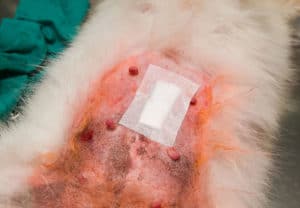
Banixx Pet Care works on contact and relieves the itch within a day or two.
It not only eases your dogs itchy skin but it also helps resolve the infection. Banixx is an anti-fungal/antibacterial formula eliminates the environment in which bacteria or fungus can grow.
Simply apply Banixx 2-3 times daily to your dogs rash, being sure to saturate your dogs skin. Massage it well into his skin. It is non-toxic, so if your dog licks it off after application, it will not harm him, though you will need to reapply so the Banixx spray has a good opportunity to work. A good tip here is to find an activity to distract your pup so that he doesnt lick it off such as going for a walk, playing ball or any favorite game. Or simply, take a dob of peanut butter and swiftly stick it to the roof of Fidos mouth. It will take her several minutes of continuous licking to absorb that treat!! Keeping her very busy!!
Banixx Pet Care is:
- Odor-free
- Painless
- Steroid and antibiotic-free
- Not sticky or oily
- Gentle on the skin, rash, eruptions
- Proven effective
You may decide to follow this up with Banixx Wound Care cream that is not only anti-bacterial and anti-fungal but also contains moisturizing, rejuvenating, soothing marine collagen that smooths onto the skin as an effective medicated band-aid. Having now read about how Banixx can do so much for your dog, perhaps its time to consider making Banixx part of your pets first aid kit.
If you enjoyed this article, you canlearn more about taking care of other small pets by readinganotherblog; such as rabbit care.Or if you have ever wondered about something more frivolous such as if Monistat is effective on a dog ear yeast infection.or, more seriously,what if mydog eats a grape. On the other hand, you may be just want to learn how to maintain your best friends physical and mental health by reading our dog blog. Its full of well-researched, useful topics like how to maintain your dogs nails/claws or what about that annoying rash on Fidos belly? is it a cause for concern or a call to your Vet? we help you with these types of questions.

Sources
- https://www.akc.org/expert-advice/health/dog-rash-on-belly/
- https://dogshealthproblems.com/rash-on-a-dogs-belly/
- https://www.dogscatspets.org/dogs/dog-rash-on-belly/dog-rash-belly-causes-pictures-treatment-rash-dogs-belly/
- https://www.petmd.com/dog/conditions/skin/c_multi_contact_dermatitis
- https://www.akc.org/expert-advice/health/dog-rash-on-belly/
- https://www.dogscatspets.org/dogs/heat-rash/heat-rash-dogs-symptoms-home-remedies-prevention/

